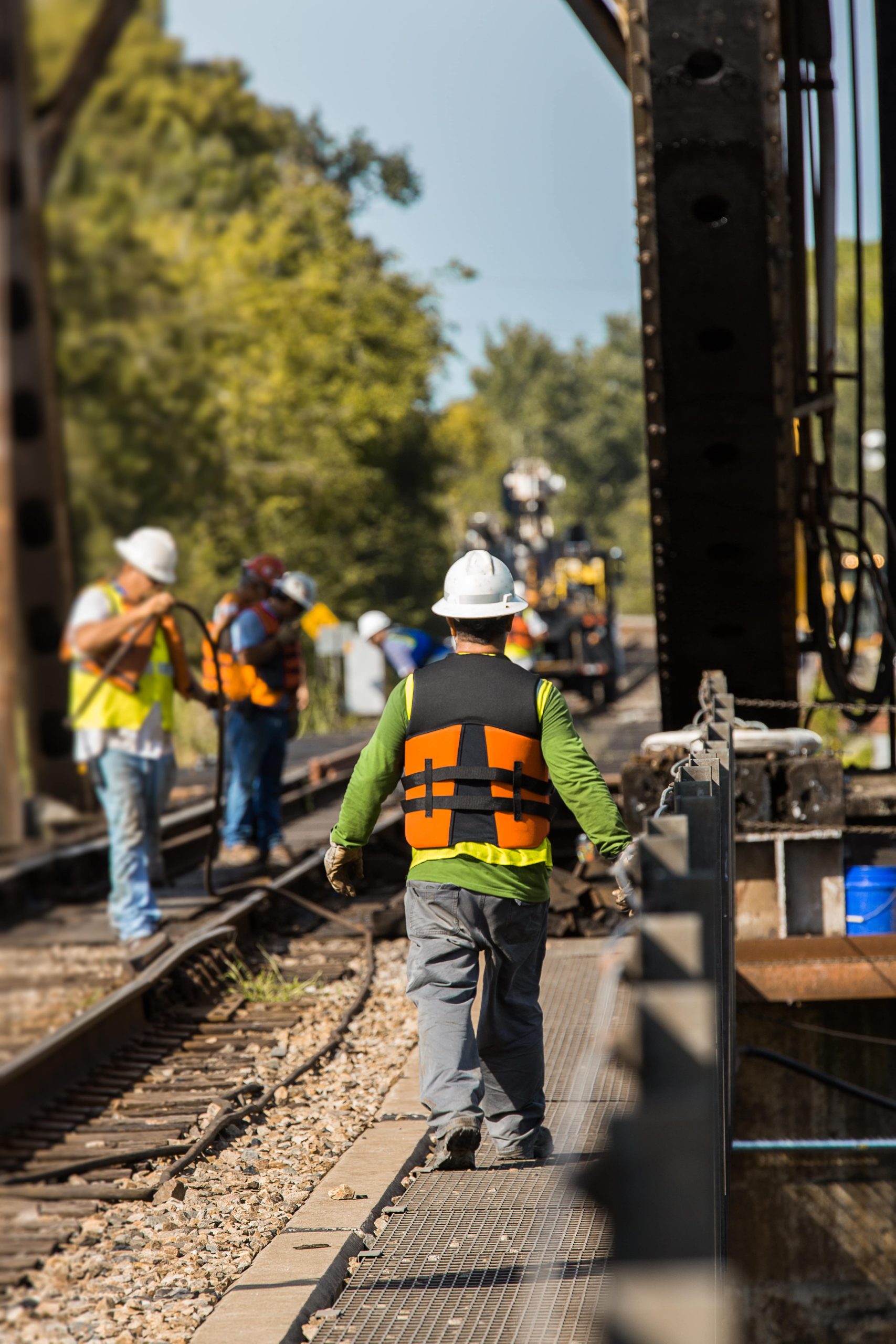The Advanced Guide To Railroad Workers Cancer Lawsuit
Railroad Workers Cancer Lawsuit: Understanding the Context and Implications
Railroad workers are an important part of the nation's transportation system, responsible for moving items and people across huge distances. However, the nature of their work typically exposes them to dangerous compounds that might increase their danger of developing health conditions, particularly particular types of cancer. Recently, the railroad workers' cancer lawsuit has actually emerged as a considerable issue that requires detailed assessment. This blog site post aims to unpack the context, the process, and the ramifications surrounding these suits.
The Nature of the Issue
Railroad workers are regularly exposed to harmful chemicals and compounds, including however not limited to diesel exhaust, asbestos, and numerous solvents. Direct exposure to these harmful products has been connected to a number of types of cancers, notably lung cancer, bladder cancer, and non-Hodgkin lymphoma.
The legal backdrop for these claims primarily falls under the Federal Employers Liability Act (FELA), which allows railroad workers to sue their employers for carelessness that leads to injury or death. Because of significant exposure to carcinogens without appropriate defenses, lots of workers and their households are now seeking justice through the courts.
Table 1: Common Carcinogens Associated with Railroad Work
Carcinogen
Common Source
Associated Cancer Types
Diesel Exhaust
Engine emissions
Lung cancer, bladder cancer
Asbestos
Insulation products
Mesothelioma cancer, lung cancer
Benzene
Solvent use
Leukemia, non-Hodgkin lymphoma
Formaldehyde
Wood treatment
Nasopharyngeal cancer, leukemia
Polycyclic Aromatic Hydrocarbons (PAHs)
Coal tar, soot
Lung cancer, skin cancer
Historic Context and Legal Precedents
Historically, the railroad market has had a struggling history with workplace security guidelines. For years, workers underwent environments rife with hazardous materials, typically without enough warnings or health preventative measures.
The turning point came when workers started to come forward with their health concerns, asserting that their cancers were a direct result of their work environments. In most cases, suits have pointed out insufficient safety steps and an absence of training in dealing with dangerous products.
Examples of Notable Lawsuits
The Burlington Northern Santa Fe Railway (BNSF) Case – Multiple former employees established lung cancer due to extended direct exposure to diesel exhaust and submitted a lawsuit declaring negligence versus the business for stopping working to offer proper ventilation and security.
The Union Pacific Railroad Case – A group of workers diagnosed with bladder cancer settled with Union Pacific, after presenting proof that prolonged exposure to carcinogenic chemicals from spills contributed to their cancers.
The Norfolk Southern Case – Claims emerged linking non-Hodgkin lymphoma medical diagnoses to direct exposure to harmful herbicides used along rail tracks. This case triggered additional investigations into the security practices of the railroad.
Comprehending the Lawsuit Process
Filing a lawsuit under FELA requires clear evidence connecting a worker's cancer medical diagnosis to their employment conditions. Here's a quick overview of the process:
Medical Documentation: Victims require to collect medical records that document their cancer diagnosis and treatment history.
Exposure Evidence: Compile proof revealing direct exposure to poisonous substances throughout employment. This might include work records, security guidelines from the business, and testaments from coworkers.
Legal Representation: Engage with lawyers who specialize in FELA cases to navigate the complicated legal landscape and craft a strong case.
Submitting the Complaint: Once ready, an official grievance is filed in the appropriate jurisdiction.
Settlement or Trial: Many cases may be settled out of court, but if no arrangement can be reached, the case will proceed to trial.
Table 2: Steps in Filing a Railroad Workers Cancer Lawsuit
Action
Action Item
1. Medical Documentation
Gather medical records and cancer medical diagnosis
2. Exposure Evidence
Compile reports, witnesses, and records
3. Legal Representation
Employ a customized attorney
4. Submitting the Complaint
Submit the problem to the appropriate court
5. Settlement or Trial
Participate in negotiations or get ready for trial
Ramifications for Railroad Workers
The implications of these suits extend beyond specific cases and issue a broader neighborhood of railroad workers.
List: Potential Benefits of Successful Lawsuits
Financial Compensation: Victims may get payment for medical expenditures, lost earnings, and pain and suffering.
Increased Awareness: Legal procedures can raise awareness about security regulations and encourage business to carry out much better practices.
Policy Changes: Successful claims might cause legislative modifications focused on enhancing office security standards throughout the industry.
Assistance for Research: Increased visibility on the concern might facilitate funding for research study into much better protective steps and treatment for affected workers.
Frequently Asked Questions Surrounding Railroad Workers Cancer Lawsuits
1. Who can file a lawsuit?Any railroad
employee identified with cancer due to harmful exposure while on the task may be eligible to file for damages under FELA.
2. What kinds of payment can be claimed?Workers might claim
settlement for medical costs, lost salaries, discomfort and suffering, and, in terrible cases, wrongful death claims for relative.
3. For how long do I need to submit a lawsuit?Typically, under FELA, the statute of constraints is three years from the date of injury or diagnosis. However, it's advisable to seek advice from an attorney as timelines may vary based upon individual scenarios. 4. What proof do I require to present?You will require medical records verifying your medical diagnosis, proof of work environment exposure
to carcinogens, and evidence of neglect on the part of your employer. The railroad workers 'cancer lawsuit movement is vital for dealing with a long-overlooked problem
in worker safety and health. With increased awareness, support from legal entities, and many effective court outcomes, the predicament of these workers continues to acquire the attention it should have. Web Site is a call to not only look for justice for those impacted however also to instigate systemic modifications within the railroad market that prioritize employee security and health. As suits development and more stories come to light, it is crucial for all stakeholders to participate in dialogues around enhancing working conditions for those who keep the nation's railways functional. 